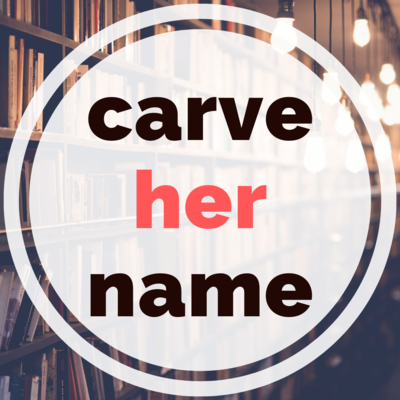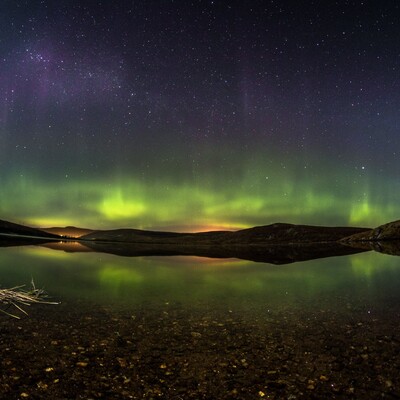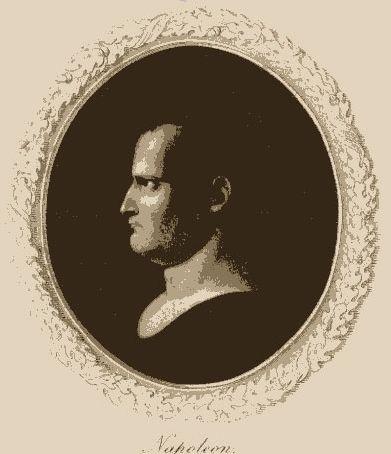#Photomonday
Castle Carey bathed in the afternoon sun
#history
#building
#photography
#Scotland
#history
See tagged statuses in the local Rambling Readers community
“Created in collaboration with the Billion Oyster Project, Swedish architect Pernilla Ohrstedt's installation calls attention to the oyster's history in New York City and their importance in fostering biodiversity, filtering water, and creating a natural storm barrier. The Billion Oyster Project aims to restore one billion oysters to New York Harbor by 2035.” #New York #History https://www.untappedcities.com/valentines-day-art-hudson-river/?ref=daily-newsletter
History of the National Library of Scotland
29 May, George IV Bridge, Edinburgh – free
2025 marks the 100th birthday of the National Library of Scotland as it currently is – a public resource tasked with preserving the literary heritage of a nation. However, the Library’s story did not begin in 1925. Robbie Mitchell & Ralph McLean explore the five centuries of history that made the Library what it is today.
https://www.eventbrite.co.uk/e/history-of-the-national-library-of-scotland-tickets-1257982041149
A fishy mosaic? Well, marine life was a popular subject for ancient Roman mosaics! This beauty depicts a range of different fish as well as shellfish (perhaps a lovely northern hemispherite can identify them).
I've been gradually crossposting my @TexasObserver stories onto my website. Using a history book as a jumping off point, this article illuminates how decades of queer activism in #Texas ushered in a landmark #SCOTUS ruling that changed people's lives. https://kitoconnell.com/2023/02/09/lawrence-v-texas-phelps-review/
#LGBTQIA+ #history #law #HumanRights #CriminalJustice #activism #Dallas #books #bookstodon
“New Yorkers of a certain age will remember the halcyon days when one area code—the good ol’ 212 area code— spanned the five boroughs. Today, a number beginning with 212 is seen as a badge of honor and a certificate of “old New York” authenticity.” #New York #History https://www.untappedcities.com/nyc-area-code-212/?ref=weekly-newsletter
On the Oregon Trail, Hardship Piled on Hardship—Yet Brave Travelers Kept Going
https://www.historynet.com/what-was-it-like-on-the-oregon-trail/?utm_source=feedingcuriosity.com
Books about the Oregon Trail at PG
https://www.gutenberg.org/ebooks/search/?query=oregon+trail&submit_search=Search
Born in 1914, Hedy Lamarr was a famous American actress who pioneered the technology that would lead to WiFi, GPS, cell phones & Bluetooth communication.
Lamarr was brilliant. Among many fascinating inventions, she developed a new communication system with composer George Antheil that used “frequency hopping” among radio waves.
Once called the “most beautiful woman in the world," Lamarr is now remembered as "the mother of Wi-Fi."
https://www.smithsonianmag.com/smithsonian-institution/thank-world-war-ii-era-film-star-your-wi-fi-180971584/ #science #history
“Few people contest the tragedy of the demolition of the first New York Penn Station, which began on October 28, 1963. The McKim, Mead, and White masterpiece, only 53 years old, became a martyr for the landmarks preservation cause when the air rights to Penn Station were sold to accommodate Madison Square Garden.” #New York #History https://www.untappedcities.com/remnants-original-penn-station-nyc/?ref=weekly-newsletter
Facts and Myths About Harriet Tubman
"Despite being a popular historical figure, the best-known details about Harriet Tubman’s life are a mixture of fact and myth."
https://www.thecollector.com/facts-and-myths-about-harriet-tubman/
Books about Harriet Tubman at PG
https://www.gutenberg.org/ebooks/search/?query=Harriet+Tubman&submit_search=Search
#OnThisDay, 12 Apr 1229, regent Blanche of Castile oversees the signing of the Treaty of Paris on behalf of her son, King Louis IX. She had previously raised an army to defend his territories against Raymond VII of Toulouse.
#WomenInHistory #OTD #History #WomensHistory #EuropeanHistory #Histodons
Photo of the Day
'That is the last speech Lincoln will ever give.'
It is Tuesday evening, April 11, 1865.
All of Washington is bathed in light from lamps and candles set in windows.
At street corners, bonfires blaze.
Near the river, rockets fire into the skies.
Thousands are on the streets, making happy procession to the Executive Mansion on Pennsylvania Avenue.
Joséphine Bonaparte: Empress of the French
Joséphine lived a notable life before she met Napoleon.
https://www.thecollector.com/josephine-bonaparte-empress-french/
Napoleon's Letters to Josephine, 1796-1812 at PG
Photo of the Day
'We could scarcely realize that we were in Indian country.'
It is May 22, 1849.
Alonzo Delano, a storekeeper from Ottawa, Illinois, is in a wagon train in the midst of the prairie which, in eighteen years, will become the state of Nebraska.
It is the seventh week of his overland trip to California, where he hopes the climate will cure his tuberculosis.
Perseus’ rescue of Andromeda is complicated by his murder of Medusa. Here Andromeda appears in a yellow gown and Perseus is clearly identifiable from his winged boots and the head of Medusa…
















